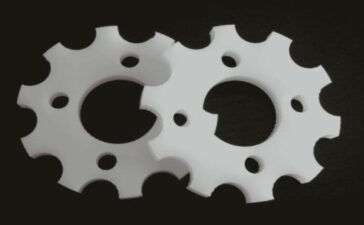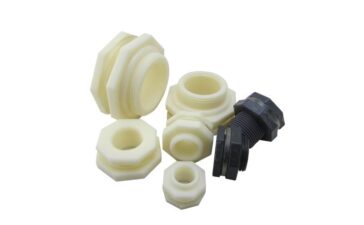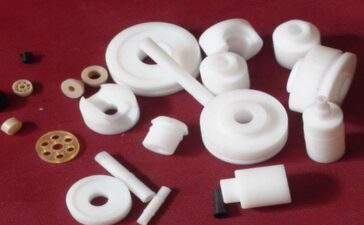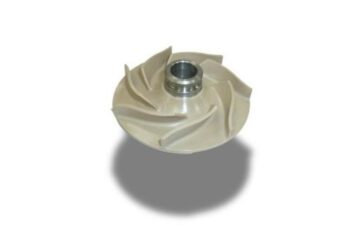The hydrogen treatment technology of titanium and its alloys is a relatively active research direction in the field of materials science and engineering. At present, hydrogen treatment technology has been applied in the research of thermal processing, mechanical processing, powder consolidation, composite material preparation, and microstructure refinement of titanium alloys, and has formed a unique research field. Using hydrogen treatment technology to improve the superplasticity of titanium alloys is an important research aspect. So far, many scholars have used the hydrogen treatment effect to improve the superplasticity of cast titanium, deformed titanium alloys, and titanium-aluminum intermetallic compounds.
At present, there are two ways to use hydrogen treatment technology to improve the superplastic properties of titanium alloys:
(1) Using the plasticizing effect of hydrogen, adding appropriate amount of hydrogen before superplastic forming of titanium alloy to increase the proportion of phase B in titanium alloy, reduce the flow stress during superplastic deformation, and achieve the purpose of improving the superplastic performance of titanium alloy.
(2) Using hydrogen treatment to refine the microstructure of titanium alloy, combined with plastic deformation technology to prepare ultrafine-grained titanium alloy, so that titanium alloy has excellent superplastic properties at lower deformation temperature and higher deformation rate.
Modern superplastic deformation theory believes that the grain boundary slip is the main method of superplastic deformation, and diffusion and intragranular and grain boundary dislocation movement are the main coordination mechanisms of grain boundary slip. In the superplastic forming of titanium alloys, phase B becomes the main through diffusion creep or dislocation creep: Phase A is dominated by grain boundary slippage, which is coordinated by diffusion and dislocation motion; the flow between A and B phases is A Completed with B phase migration. Hydrogen plays the following roles in superplastic forming of titanium alloys:
(1) The addition of hydrogen improves the diffusivity of alloying elements, leading to the enhancement of the phase B diffusion creep and the phase A intergranular slip.
(2) The diffusion of hydrogen activates the pinned dislocations, promotes the climbing and sliding of dislocations, improves the sliding ability of B grains, and is beneficial to the coordination of dislocations required for A / A grain boundary sliding.
(3) Hydrogen weakens the bond effect, reduces the diffusion activation energy, enhances the atomic diffusion ability, and improves the superplastic flow ability.
(4) From the T i2H phase diagram, it can be seen that the addition of hydrogen significantly reduces the B \ AB transition temperature and increases the volume fraction of the B phase, which directly leads to an increase in plasticity and a decrease in flow stress, which allows the titanium alloy to Superplastic forming is carried out at low deformation temperature and high deformation rate.
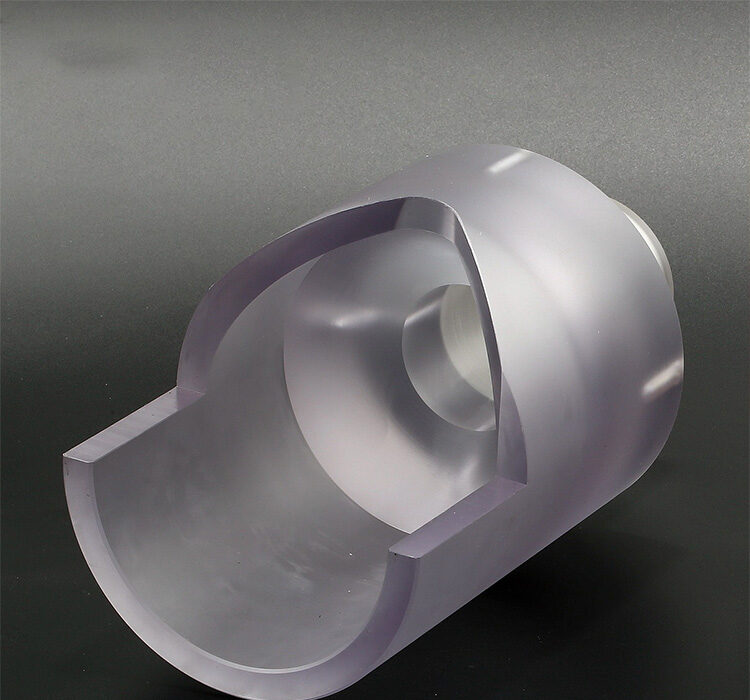
China Mold > Blog > 未分类 > Titanium Alloy Hydrogen Treatment Technology
You Might Also Like
Which factors affect the excellent electroplating quality of zinc alloy die castings?
Plastic Mold2021年6月29日
For zinc alloy die castings to be electroplated surface treatment, this link is very important. If the electroplating is not...
Advantages of ABS plastic hand plate
1. As one of the most widely used plastics, ABS has good impact resistance, heat resistance, low temperature resistance, and...
Application of UHMWPE
As UHMWPE has many excellent properties, it has shown great advantages in the high-performance fiber market, including from offshore oilfield...
Features of Teflon Spray Machining
Teflon spraying process brings the benefits of the surface of the working parts. To a certain extent, Teflon spraying brings...
Application of PPS
Because PPS has good heat resistance, excellent mechanical properties, and good chemical stability and water resistance., PPS processed products are...


